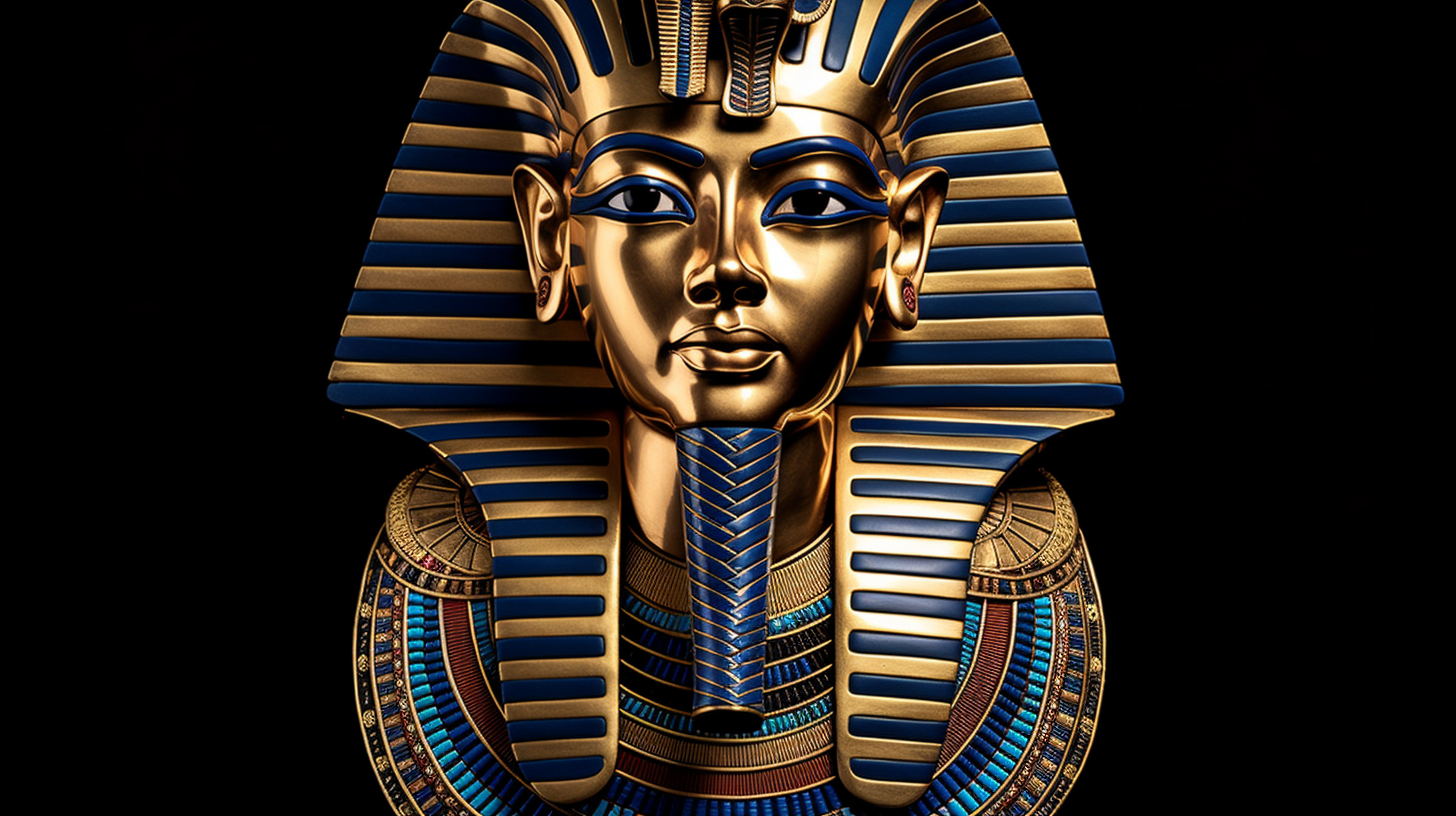Introduction:
King Tutankhamun, or as we more commonly know him, King Tut, is a name that resonates through history like few others. Yet, behind this iconic name lies a remarkable tale filled with intrigue, mystery, and a few rather bizarre facts. Thanks to meticulous research and advancements in DNA analysis, our understanding of this young pharaoh has evolved. In this article, we’ll delve into the weirdest and lesser-known facts about King Tut, shedding light on the life and legacy of the Boy King.

1. A Royal Promotion:
Before ascending to the throne, King Tut was known as Tutankhaten, which translates to “living image of Aten.” After becoming pharaoh, he adopted the name Tutankhamun, signifying his devotion to the god Amun, the chief deity of Egyptian mythology. This name change was, in essence, a significant promotion for Tut, reflecting his divine role.
2. A Complex Family Tree:
Inbreeding was a common practice among Egyptian royalty to preserve noble bloodlines. It is believed that Tut’s parents were brother and sister. DNA tests confirm his mother was the genetic sister of Pharaoh Akhenaten, who is widely considered to be Tut’s father. The true identity of Tut’s mother, however, remains a mystery.
3. Physical Disfigurements:
Tut’s royal lineage had a downside – a series of physical disfigurements. Contrary to the image of the virile young pharaoh, Tut likely had a severe overbite, a curved spine, a clubfoot, slim hips, a skewed face, epilepsy, and even pronounced breasts. His short life was likely filled with pain and discomfort.
4. The Need for Assistance:
Tut’s clubfoot necessitated the use of walking aids. Over 100 different walking sticks and canes were found in his tomb, along with special stools used for archery. These artifacts shed light on his physical condition and the challenges he faced.
5. A Short and Unremarkable Reign:
Tut ascended to the throne at the tender age of nine, requiring strong advisors to guide him. Horemheb, the Commander in Chief of the Egyptian army, and Grand Vizier Ay played crucial roles in his rule. Ay succeeded Tut as pharaoh, followed by Horemheb, who did his best to erase Akhenaten, Tut, and Ay from history.
6. A Complex Marriage:
Tut married his half-sister, Ankhesenamun, in line with royal tradition. However, their family connections were convoluted. Ankhesenamun may have also been married to Tut’s father, Pharaoh Akhenaten. Tut’s wife was not only his half-sister but possibly his blood sister and maybe even his stepmother.
7. Tragic Loss of Offspring:
Tut’s tomb contained the mummified remains of two babies, confirmed through DNA analysis to be his daughters with Ankhesenamun. Sadly, one of them had a severe spinal defect, and both appeared to have been stillborn. Inbreeding likely played a role in their tragic fates.
8. The Mysterious Cause of Death:
Speculations surrounding Tut’s untimely death abound, from genetic abnormalities and diseases to murder. Recent studies suggest he succumbed to a malarial infection after breaking his leg. Genetic factors likely weakened his immune system, making him vulnerable to such conditions.
9. The Curse of King Tut:
The myth of the “Curse of the Pharaohs” didn’t start with King Tut, but it gained immense fame after the discovery of his tomb. Several members of the expedition team died shortly after, fueling superstitions. Skeptics argue that most deaths occurred among older or high-risk individuals, but the legend endures.
10. King Tut in Pop Culture:
King Tut’s discovery in 1922 sparked a cultural phenomenon known as “Tut Fever.” It even inspired a Batman villain, King Tut, portrayed by Victor Buono, who believed he was the ancient Egyptian ruler. Furthermore, Steve Martin’s novelty song “King Tut” became a hit, reaching the Billboard Hot 100 chart.
Video:
Conclusion:
King Tut’s life may have been short and marred by physical challenges, but his legacy endures as one of history’s most enigmatic figures. From his intricate family connections to his physical ailments, King Tut’s story continues to fascinate and intrigue, reminding us that history is often more complex and bizarre than we could ever imagine.

13 thoughts on “Discovering the Puzzling Mysteries of King Tut: 10 Astonishing Facts”
Comments are closed.